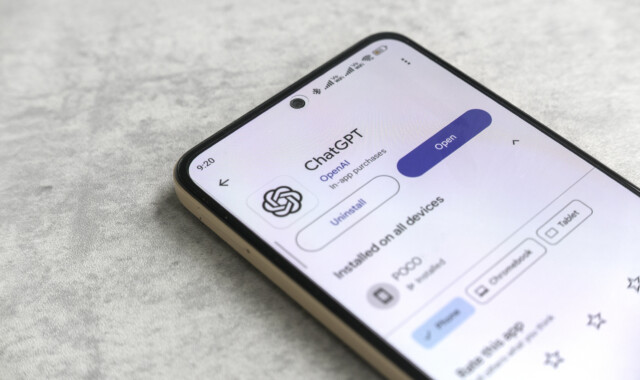Metacognition
Over the last term, I have been leading a whole school Teaching and Learning focus on metacognition. An increasingly buzz-y term that risks descending into gimmickry, metacognition is difficult to pin down. It offers the promise and ambition of significant pupil progress – greater independence, self-regulation, and curiosity – without always correlating to specific classroom strategies.
If metacognition is to live up to its promise, then it needs to be rooted not only in the abstract and theoretical but also in the actionable and practical. It needs to live in the classroom.
In this article, I want to outline a single concrete activity that helps bring metacognition back to the classroom. Whilst I could have chosen many different strategies – given that metacognition is not confined to any single pedagogic area – I’ve opted for feedback. This is because feedback is an area in which I think metacognition can have an especially significant impact, whilst it is historically a time-intensive activity for teachers.

Blue sky highlighting
I began using the ‘blue sky highlighting’ strategy around three or four years ago, but it’s only recently that I’ve come to appreciate its metacognitive benefits.
Initially, I adopted this approach to reduce my own marking commitment whilst increasing its efficacy. The aim was to encourage students to be more active and engaged in the feedback process, and to limit the number of times a piece of work was glanced at and then stored away in a file.
What is blue sky highlighting?
It works like this: As I read a piece of student work, I always make sure to have a blue highlighter in hand. Blue was chosen for no particular reason, except that it’s light enough that students can still read their writing underneath. As I read, I highlight anything I like. This could be an idea the student has written, a word or phrase they’ve used, or a moment in which they’ve hit a predefined success criterion. If I like it, I highlight it. I ask students to think of the highlighter as the visible equivalent of my uttering “great” or “well done”. However – and this is key – I don’t annotate or explain why I’ve highlighted it blue.
When lesson time comes along, I hand student work back, replete with blue highlights. Before we do anything else, I ask students to re-read their work, paying particular attention to the blue highlights. Why do they think I’ve highlighted something in blue? What justifies the blue, do they imagine? What exactly are they saying or doing at the point at which it’s highlighted in blue? As they read, I ask students to annotate the margins of their essays with their thoughts about why specific sections have been highlighted in blue.

The reason this is metacognitive – depending on your definition, of course – is that it encourages students to actively reflect on their own work, training them to monitor and regulate their thought process the next time they complete a similar piece of work. It helps them to cultivate an internal dialogue in which they ask, check, and recheck the decisions they’re making and why, moment by moment.
Next steps
While this describes the foundational routine I use, there are several ways to build on this strategy to further engage students and deepen their reflection on the thought process that underpins the work they’re producing. Here are just a couple of ideas:
- Live marking: Blue sky highlighting can pair excellently with live marking routines you may already use. Once students are used to the basic idea that blue highlighter indicates something you like, then you can use a blue highlighter when live marking their work. This creates a visible point of focus when you’re verbalising what the given piece of work does well, helping students to better understand the kind of internal dialogue we’re hoping to inculcate. It also models what we want students to do when they receive their own work back.
- Peer marking: Likewise, it’s possible to use the blue highlighter routine as the basis for peer marking. Ask students to swap work or collaborate in order to consider why something has been highlighted.
- Analysing exemplar work: Give students a model example along with success criteria. Then, ask them to highlight the aspects they like and where they feel the example hits the success criteria. Once they have done this, students should annotate in the margin – just like they would do with their own work – why exactly they’re highlighting it in blue. Students can then share what they’ve highlighted and why with the person next to them, comparing whether they have highlighted the same things or something different.

Whether you’re using this routine to save time marking student work or to promote better metacognitive reflection, make sure to keep your blue highlighter next to you.








This is a great, how could this be implemented in maths effectively?